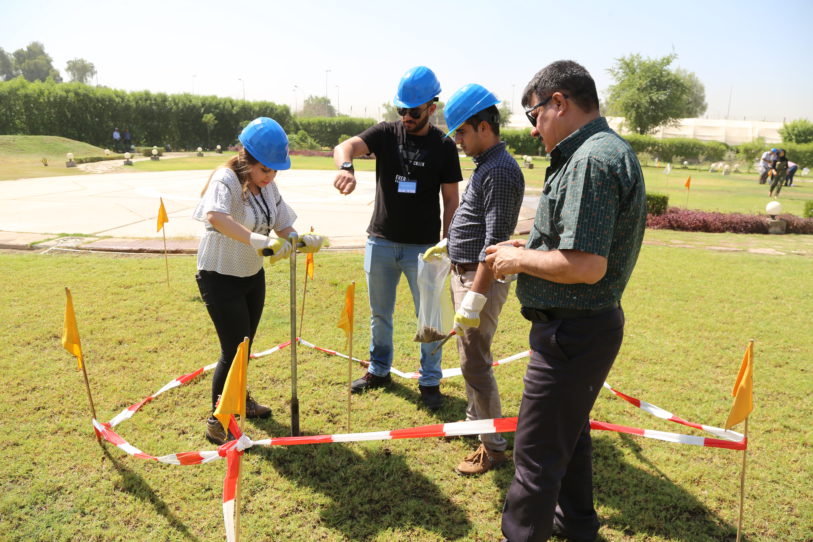
What is the aim of the Oil Contaminated Site Assessment & Remediation course?
To enhance the understanding of how to conduct assessments and remedial approaches for oil-contaminated sites in order to preserve societal and environmental wellbeing in areas sharing operational space with oil & gas processing and transport.
What are the learning objectives of the course?
Participants are expected to:
- Develop a strong background understanding of oil-contaminated sites and associated health and ecological risks;
- Gain both theoretical and practical knowledge for conducting in-field sampling exercises and lab-based analytical techniques required to assess oil-contaminated sites;
- Understand the key criteria for ranking priority sites for clean-up, including mapping out regional or country scale contamination sites;
- Familiarize themselves with the standard equipment and procedures associated with health, safety, and security for responder personnel;
- Understand remedial technologies, action planning, societal considerations, and subsequent environmental impacts from response activities;
- Understand key criteria and techniques for monitoring and verifying progress of remedial actions.
Who is the target audience?
This course targets national and local government officials in the ministries of petroleum, environment, health, transport, and other related sectors. Learners with environmental science and/or ecology backgrounds are best suited for this course. Basic knowledge of the oil & gas sector is sufficient.
Resource materials
To access the full list of training resource materials on this topic, click here.